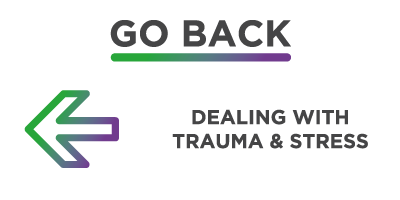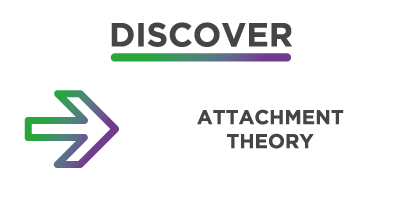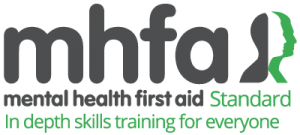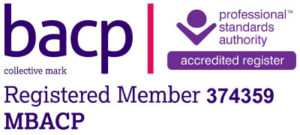All the little signs we instinctively register during a conversation (muscle shifts and tensions in the other’s face, eye movements, pitch and speed of their voice as well as the fluctuations in our own inner landscape like breathing, and heart rate) are processed by the ANS, which has two branches: the sympathetic (SNS), which acts as the body’s accelerator, and the parasympathetic (PNS), which serves as its brake. Working together they play an important role in managing the body’s energy flow, one preparing for its outlay, the other for its conservation.
The SNS is responsible for arousal, including fight-or-flight, and the PNS promotes self-preservative functions like digestion and wound healing. Whenever you take a deep breath, you activate the SNS and the resulting burst of adrenaline speeds up your heart. Exhaling activates the PNS, which slows down the heart. Our polyvagal nerve connects numerous organs, including the brain, lungs, heart, stomach, and intestines. Its existence accounts for: why a kind face or a soothing tone of voice can dramatically alter the way we feel; why knowing that we are seen and heard by the important people in our lives can make us feel calm and safe; why being ignored can bring on rage reactions or mental collapse; why focused attunement with another can shift us out of disorganised and fearful states. Hence, social relationships and therapy that focuses on strengthening the body’s arousal regulation system are important for healing.
Our culture teaches us to focus on personal uniqueness, but our brains are built to help us function as members of a tribe. Most of our energy is devoted to connecting with others. Look beyond the list of specific symptoms of formal psychiatric diagnoses and you will find that almost all mental suffering involves either trouble in creating satisfying relationships or difficulties in regulating arousal, or a combination of both. The standard medical focus on trying to discover the right drug to treat a “disorder” distracts from the problems that interfere with functioning as members of our tribe. Social support is not the same as merely being in the presence of others. The critical issue is reciprocity: being truly heard and seen by others can give us a deep inward feeling of safety, allowing our physiology to calm down and heal.
Many traumatised people find themselves chronically out of sync with the people around them. When we are too skittish or shut down to derive comfort from human beings, relationships with other mammals can help. Dogs and horses and even dolphins can offer less complicated companionship while providing the necessary sense of safety.
The ventral vagal complex (VVC, the ventral branch of the vagus nerve) evolved in mammals to support an increasingly complex social life. All mammals band together to mate, nurture their young, defend against enemies, and coordinate hunting and food gathering. The VVC synchronises our ANS. Parents help their babies to regulate themselves by cooing and smiling at them, stimulating their developing VVC, helping to bring their emotional arousal systems into sync with their surroundings. What begins as the attuned play of caregiver and child continues with the rhythmicity of a good football game, the synchrony of salsa dancing, and the harmony of choral singing. When this system fails, trauma arises.
I offer a free initial telephone conversation, giving you as much time and space as you need to consider whether you’d like to come and meet me.






